
Thomas and Ana Flávia in front of the library on the Federal University of Brasilia Campus
Last month I went to Brazil to keynote the opening of the “Plural Knowledge: The Social Relevance of the Public University” Conference at the Federal University of Brasilia, as well as to conduct a two day Family Pictures Community Photo Share with students, faculty, staff, and community around the University. The invitation came from Professor Ana Flávia Magalhães Pinto, a Professor of History whom I had met several years prior after she reached out to me via Facebook. For the past year we have been in touch and Ana Flávia has been using our methodology around family photographs in order to surface hidden and forgotten stories of communities in and around Brasilia. I was excited to be able to work with her and observe how our Family Pictures and its precursor Digital Diaspora were being used in this context.
After an almost 3-hour delay at JFK, I nearly missed my connection from Miami to Brasilia. Fortunately, the connecting flight waited, which is a good thing given the limited number of flights to Brasilia and the high cost of intra-country flights in Brazil. I was almost certain, however, that my luggage wouldn’t be on the flight, so when Ana Flávia picked me up from the airport at 1 am she had a bag of clothes and supplies borrowed from a close friend. She smiled when she gave them to me, telling me that in Brazil, we are family.
The “Reintegração de Posse: Narrativas da Presença Negra na História do Distrito Federal” exhibition at the University of Brasilia
Brasilia is the capital of Brazil. It is a city that was created out of the barren land in the late 1950s. Most of the buildings, including the residence of the President, federal buildings, the Cathedral of Brasília, and residences and the University, were designed by the Brazilian architect Oscar Niemeyer. Ana Flávia picked me up the next day and we lunched with some of her friends and colleagues, several of whom worked with her on an exhibition highlighting the absented Afro Brazilian history connected to the building of Brasilia. The exhibition, entitled, “Narratives of the Black Presence in the History of the Federal District” (“Reintegração de Posse: Narrativas da Presença Negra na História do Distrito Federal”) was mounted in the highly-trafficked cafeteria at the University. Through this important archival project that Professor Magalhães Pinto and her team put together, I was able to get a deeper sense of the history as well as the present-day realities of this city that so many Brazilians move to in search of employment opportunities.
“Being here, despite all the challenges, is honoring a collective effort, which means that despite being the only black teacher in this (history) department, I don’t feel like I’m here alone.” – Ana Flávia*
The following day we began the first Community Photo Share “Family Photography: Ancestry, Memory, and History” workshop at the University Library building. We had a full and diverse group including undergraduates, PhD candidates, artists, community activists, and scholars coming from African, Indian, Asian, and European Brazilian heritages. Ana Flávia told me that it was rare to have such a diverse gathering. There was a gentleman with a flute present and I asked Ana Flávia to help me enlist him in opening the session with a musical composition.
Family Pictures workshop at the University of Brasilia
We began with a presentation that took them through an investigation into my family and extended family archives, which were a source of inspiration for my filmic explorations, particularly the documentary “Twelve Disciples of Nelson Mandela,” in which I re-united my late stepfather’s photo album with a new generation of South African actors, who then joined me on a journey to embody these images in dramatic recreations which we used in the film. We then looked at the documentary “Through A Lens Darkly: Black Photographers and the Emergence of a People” and specifically discussed the issue of representation and visual literacy in a Black American context. Finally, we looked at how the research from Digital Diaspora Family Reunion evolved out of these storytelling modalities and then gave birth to our recent PBS series Family Pictures USA.
Photosharing among the participants, including University faculty, staff, and community members
The first interactive assignment was photo sharing within small groups of 2-3 people. We had everyone pair up and share the photographs that Ana Flávia’s outreach had prepped them to bring. Because this was such a diverse group, it was pretty amazing to see people from such different ages, ethnicities, social, and political backgrounds come together to share intimate stories that were located within their family photographs. There were stories from Brasilia as well as photos and stories from almost all areas across the country. People remarked how much they learned about each other, their culture, Brasilia, and their history during the final exercise when they came up to present the photo stories from their neighbors to the group. Everyone found it to be a transformative experience and gave them inspiration to use these tools in their research and creative endeavors. We had a full house for the second day of the workshop as well, with several people bringing friends, family, and colleagues to join us in this Family Pictures discovery. An owner of a vegetarian restaurant brought in food for the group, which made it feel just like a family reunion.
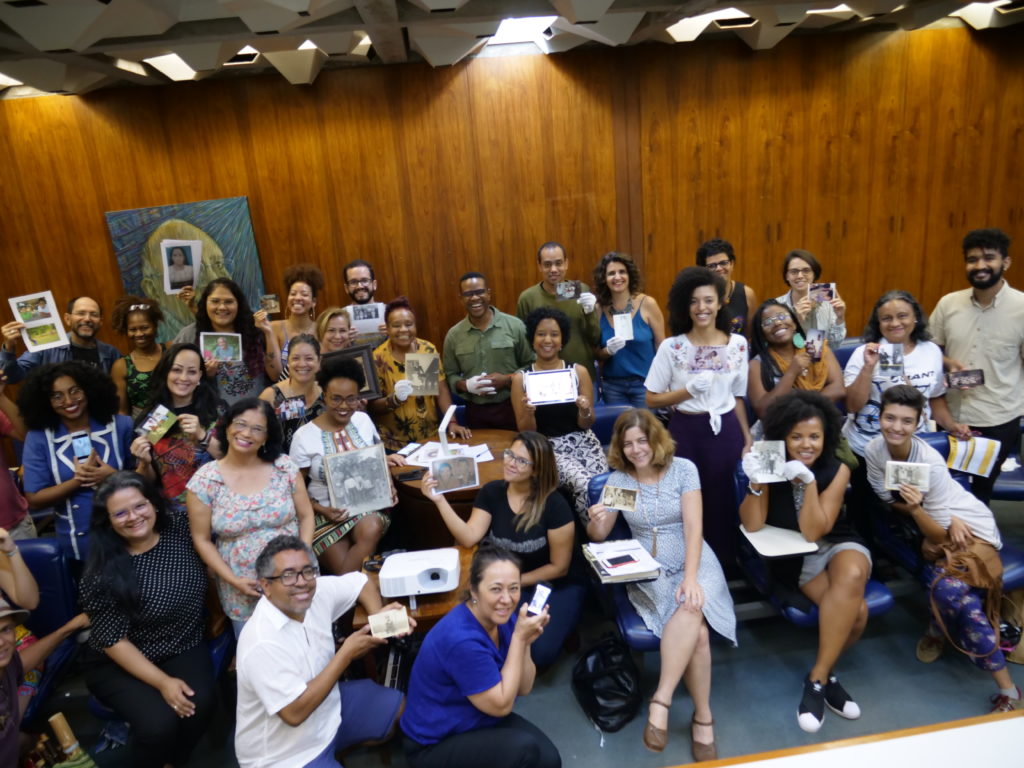
Celebrating the diversity of the collective Brasilia family album workshop
*Fortuna, Deborah. “Nica Docente Negra Do Departamento De Histria Da UnB Luta Por Igualdade.” Correio Braziliense, 5 Dec. 2019

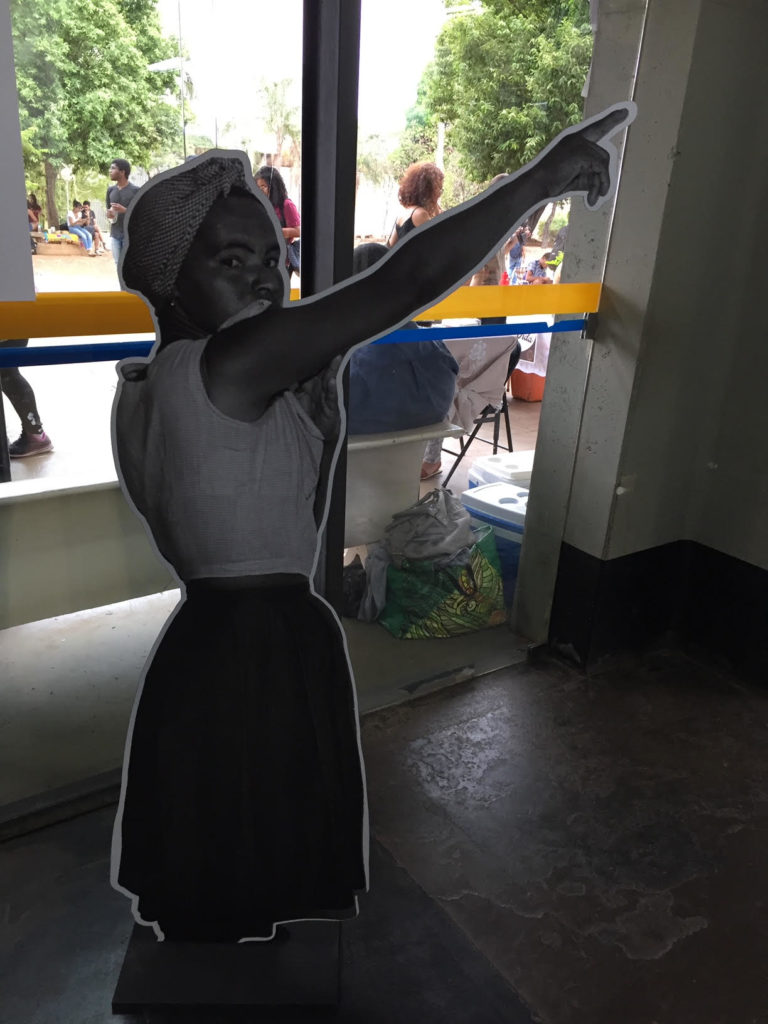

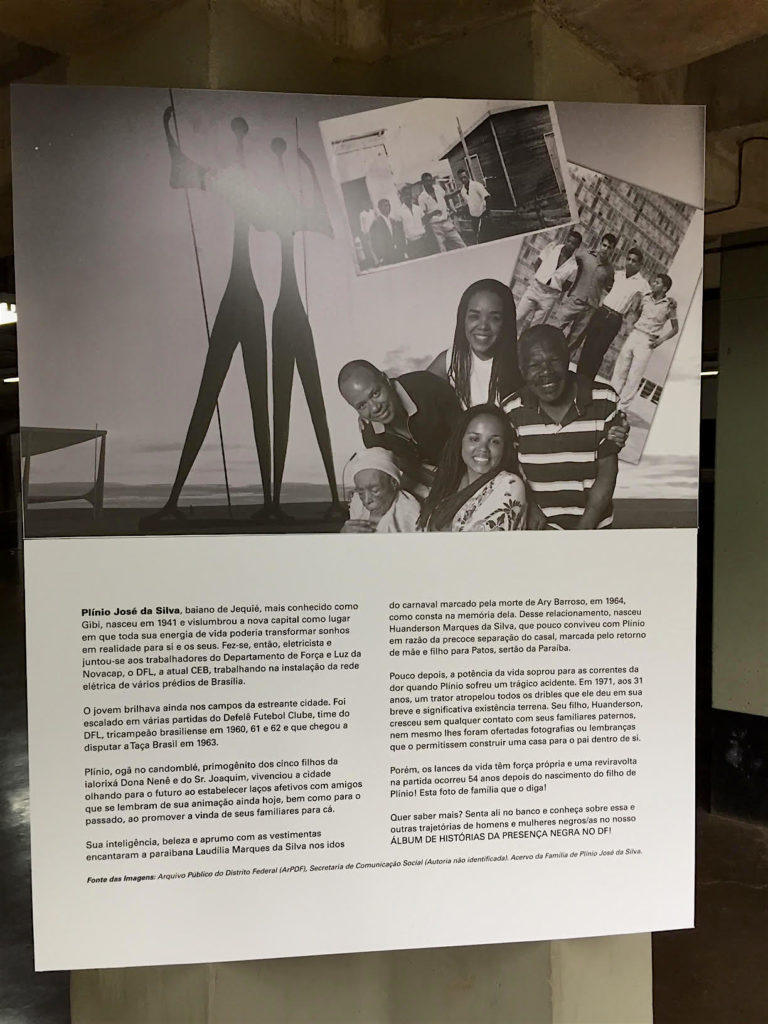
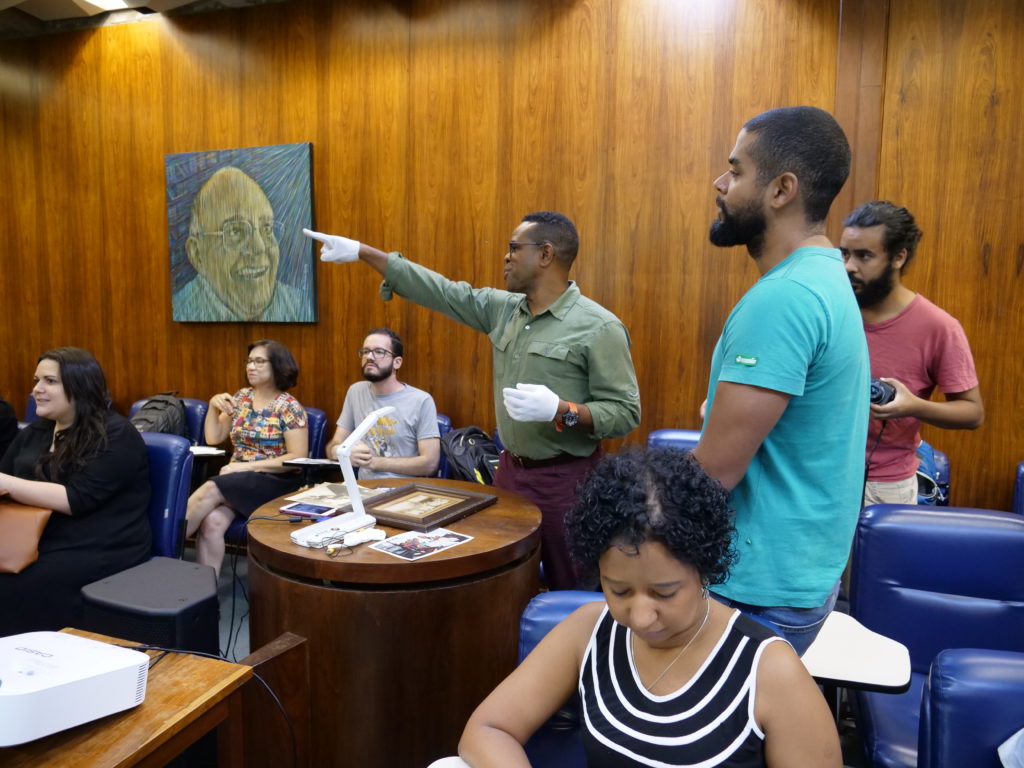

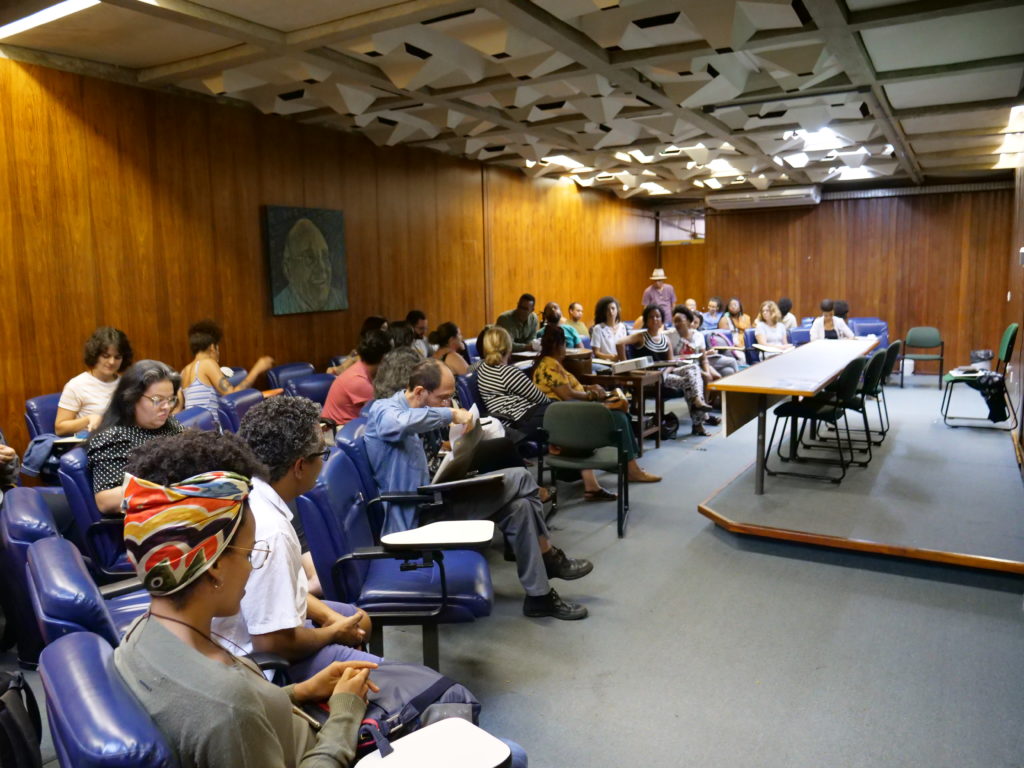
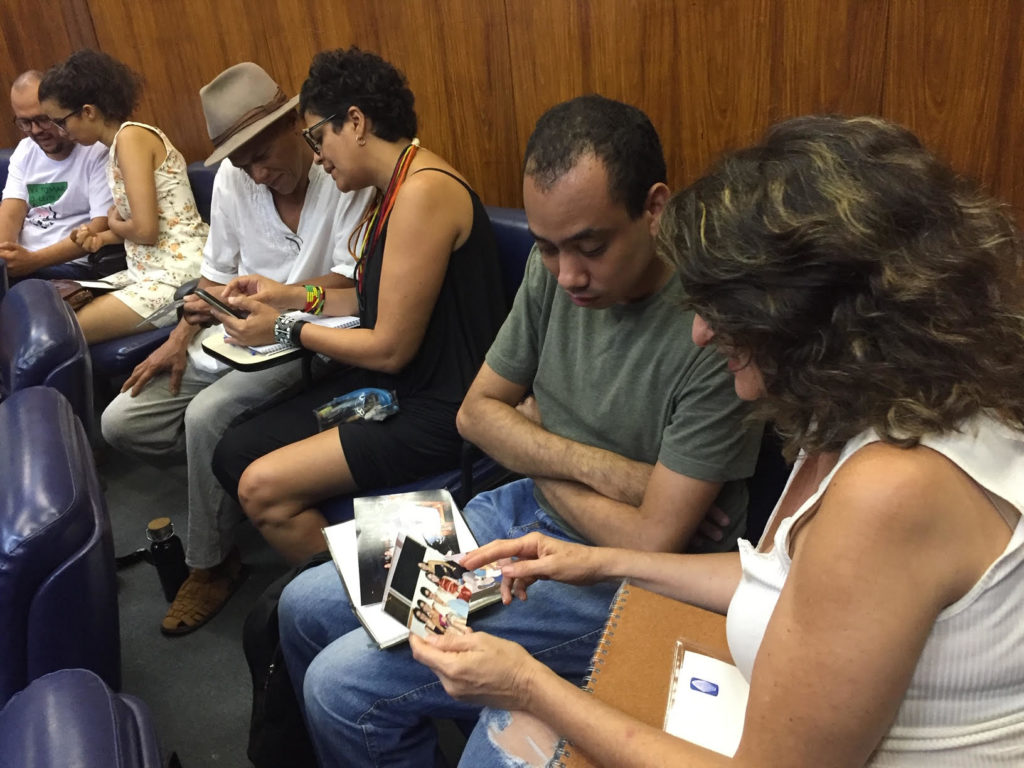
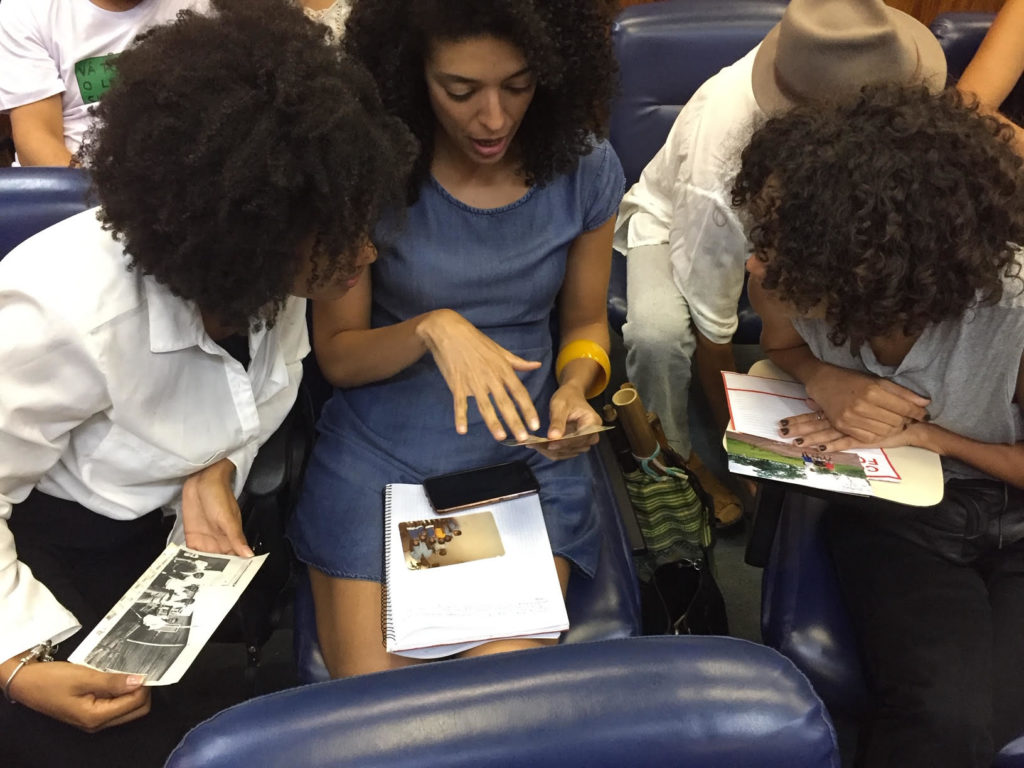
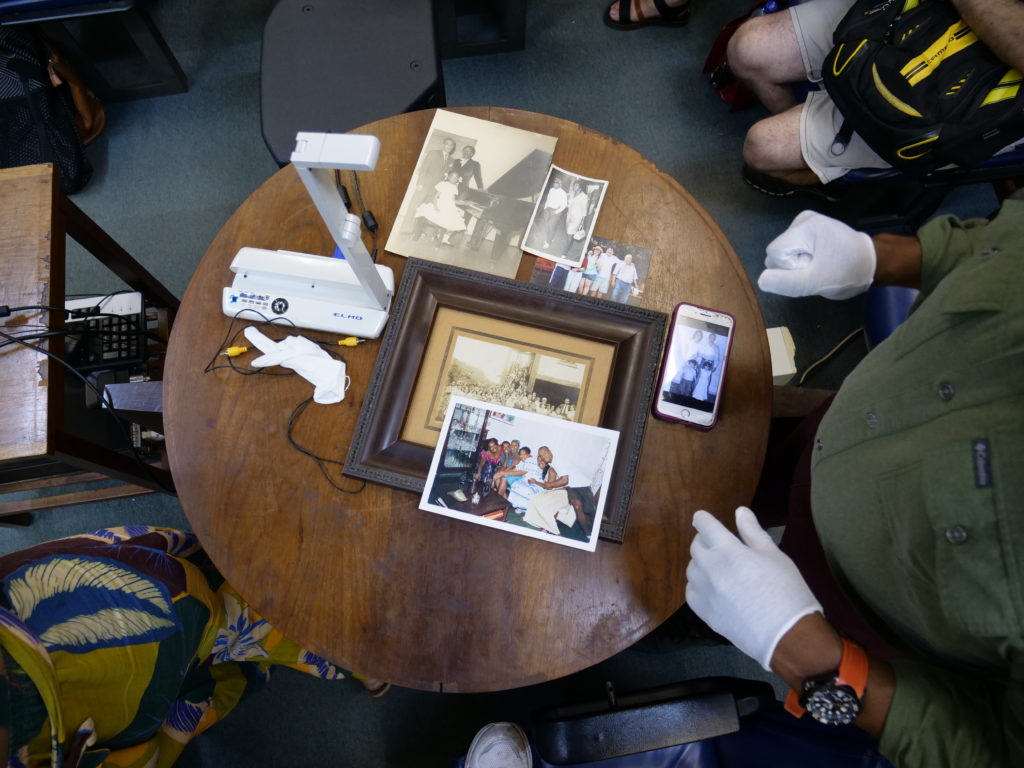

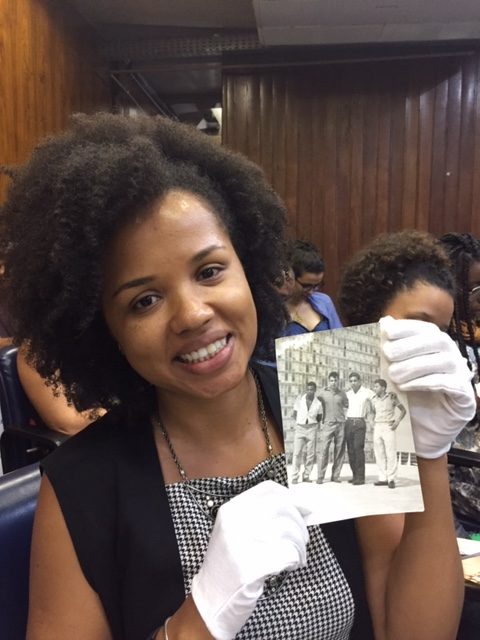
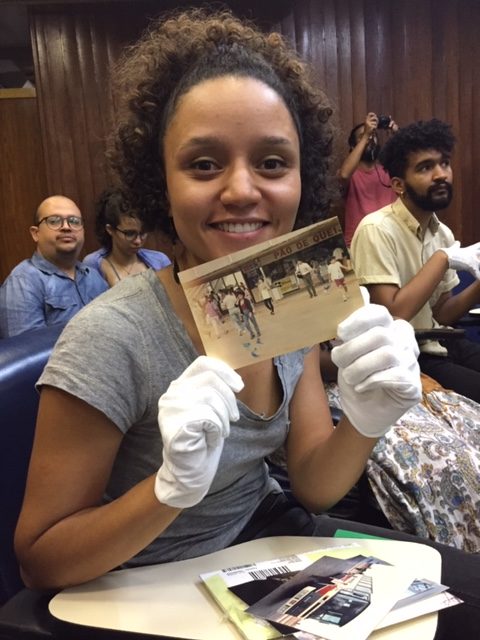
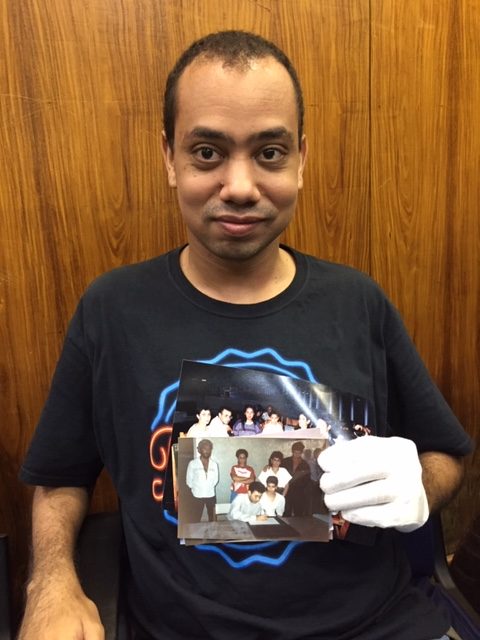

No comments yet.